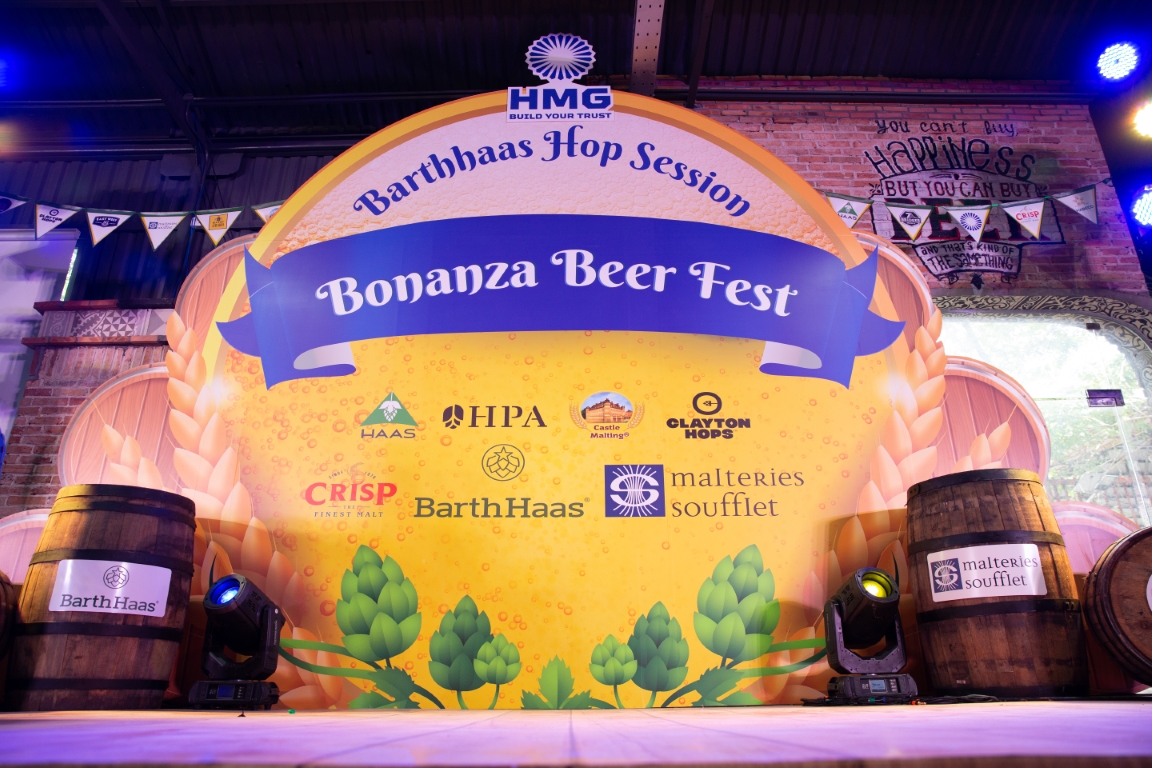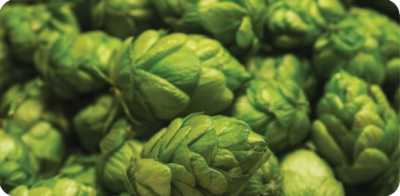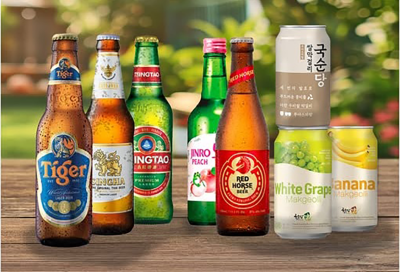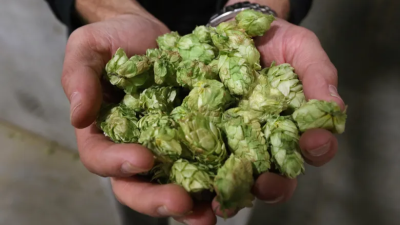Hop crop in Europe severely affected by hot and dry summer; yields are below the expected average by 10% in Germany and almost 40% in the Czech Republic. Alpha acid levels will also be below long-term averages. Slovenia is the only country in Europe with above average yields this year. The US crop is good again this year, but the overall alpha acid balance will once again be negative.
I. Climatic conditions and plant development:
Germany
While the crop outlook was reasonably good until the middle of July, things started to change when temperatures remained stubbornly high and precipitation all but ceased between the middle of July until the end of August. The following two graphs depict this year’s temperature and precipitation compared to the 10-year mean for Huell, Hallertau:


Precipitation and Temperature for Hüll, Wolnzach
Varieties prone to early bloom such as Hallertau Mittelfrüh, Northern Brewer and Magnum all suffered from the phenomenon leading to poor yields. Also powdery mildew and red spider mite were a constant during the latter part of the growth period and could only be partially controlled. As a consequence of the lack of water cone development was inhibited and overall cone sizes are smaller than normal.
Czech Republic The hops in the CZ were particularly hard hit by the drought and suffered accordingly. Yields are well below their expected average: 0.76 to/ha vs. 1.24 for the Saaz variety and 1.3 vs. 1.9 to/ha for the others! Overall we estimate that the CZ has harvested only 4.200 to in comparison to an expected crop of 6.600 to.
USA The US crop comes in well overall with only minor problems of early bloom (Centennial) and some weaker looking varieties (Cascade, Simcoe®). Conditions were good all year long with sufficient supply of irrigation water.
Harvest began around 20th -25th of August and will last until the end of September, with yields of almost all varieties at average. The quality of the hops shows only minor infestation with spider mite and will be fine.
In 2018, the US acreage shows a new record of nearly 22.400 ha with Citra®, Cascade, Centennial, CTZ and Simcoe® making the top five varieties regarding acreage and Citra® now being the largest variety in the US by acreage. The bitter hop acreage increased for the second year in a row. On the other hand, the acreage of aroma hops has seen a slight decrease for the first time since 2011.
II. Production estimates In Germany the total production is down by about 3.000 to against the expected average and 1.500 to vs. the 2017 result. Taking into account the preliminary estimates on alpha acid content Germany will be short by about 900 to of alpha compared to expectations and 300 to compared to last year. The US production should be at a similar level to last year and exceed 46.000 to of raw hops equating to more than 5.000 to of alpha. The Czech Rep. will be down by 2.600 to compared to last year’s 6.800 to, i.e. approx. 38%. Overall we estimate that the worldwide deficit in the alpha acid balance will widen again. The increases in acreage would have sufficed to fulfill overall demand based on average yields but the poor crop in Europe causes a noticeable shortfall which we estimate to be in the range of 800 to 900 to for the 2019 brewing year after a 124 to shortfall this year. See graph below.

III. Market outlook:
Hop acreage increased by another 600 ha in 2018 in response to a gradually increasing demand for hops, but the disappointing crop in Europe leads to another supply shortage. While worldwide beer production was flat in 2017 and is expected to remain so for 2018, the increase in hop demand is the result of a trend towards more flavorful and hoppy beers and brewers’ successful drive to sell more premium beers in the market. We see no end to these trends in the near future. The forward contract ratios on both sides of the Atlantic remain at a very high level. As a consequence, there will be no spot hops in Europe to speak of and the market for most varieties will be tight, particularly with regards to bitter hops where supply has not caught up with demand yet. For European aroma hops the so called alpha clause will be triggered for many varieties for contracts based on a defined quantity of alpha acids since 2018 crop alphas are mostly more than 15% below their long-term averages. A certain degree of flexibility as well as the cooperation between contract parties will be required to solve this crop’s supply issues.
In the US market we expect a relaxed situation in the aroma segment but the tightness in the alpha market will also be felt in the US and affect the market there. Any available high alpha spots should quickly be absorbed by merchants looking to fill gaps originating in Europe.
The BARTH-HAAS GROUP














